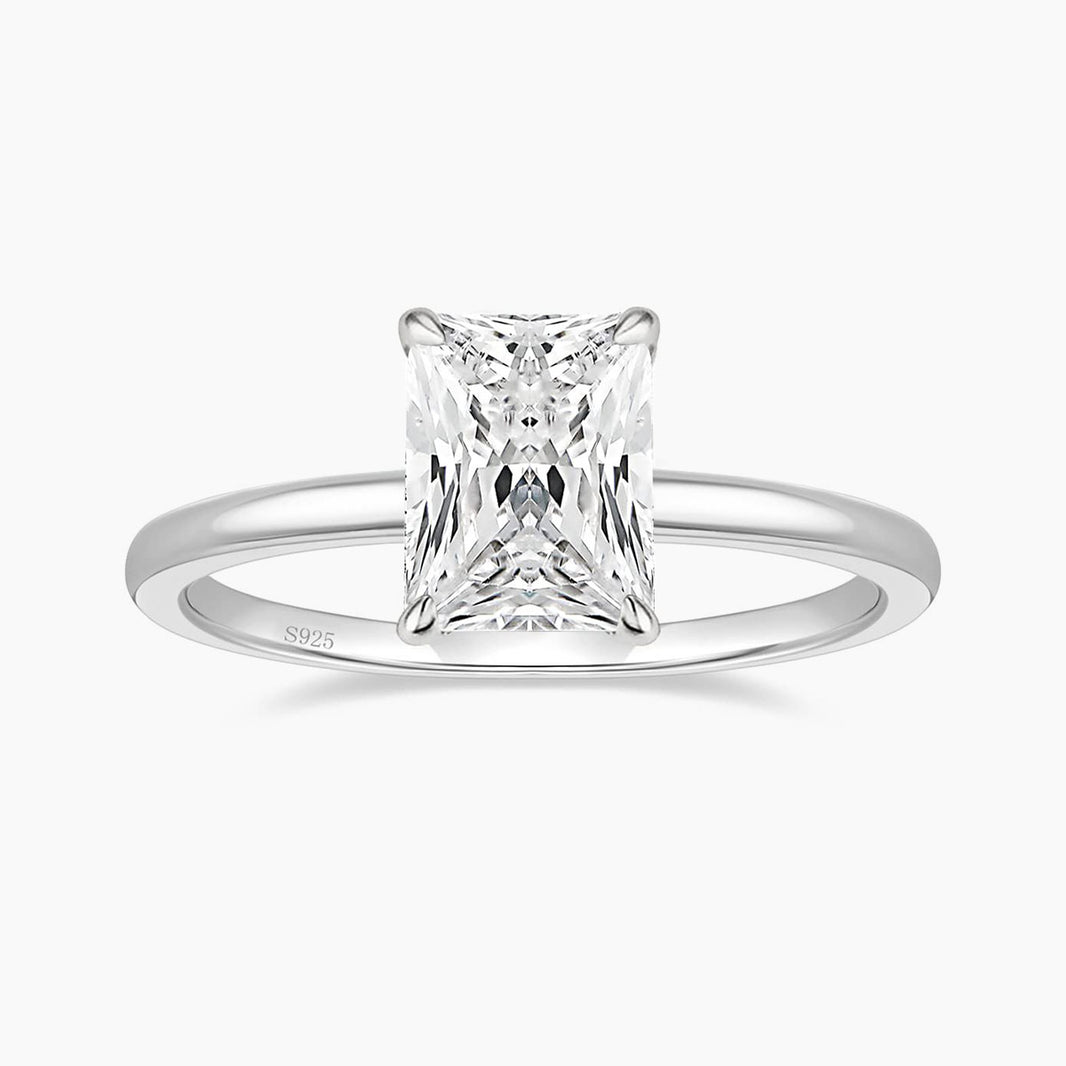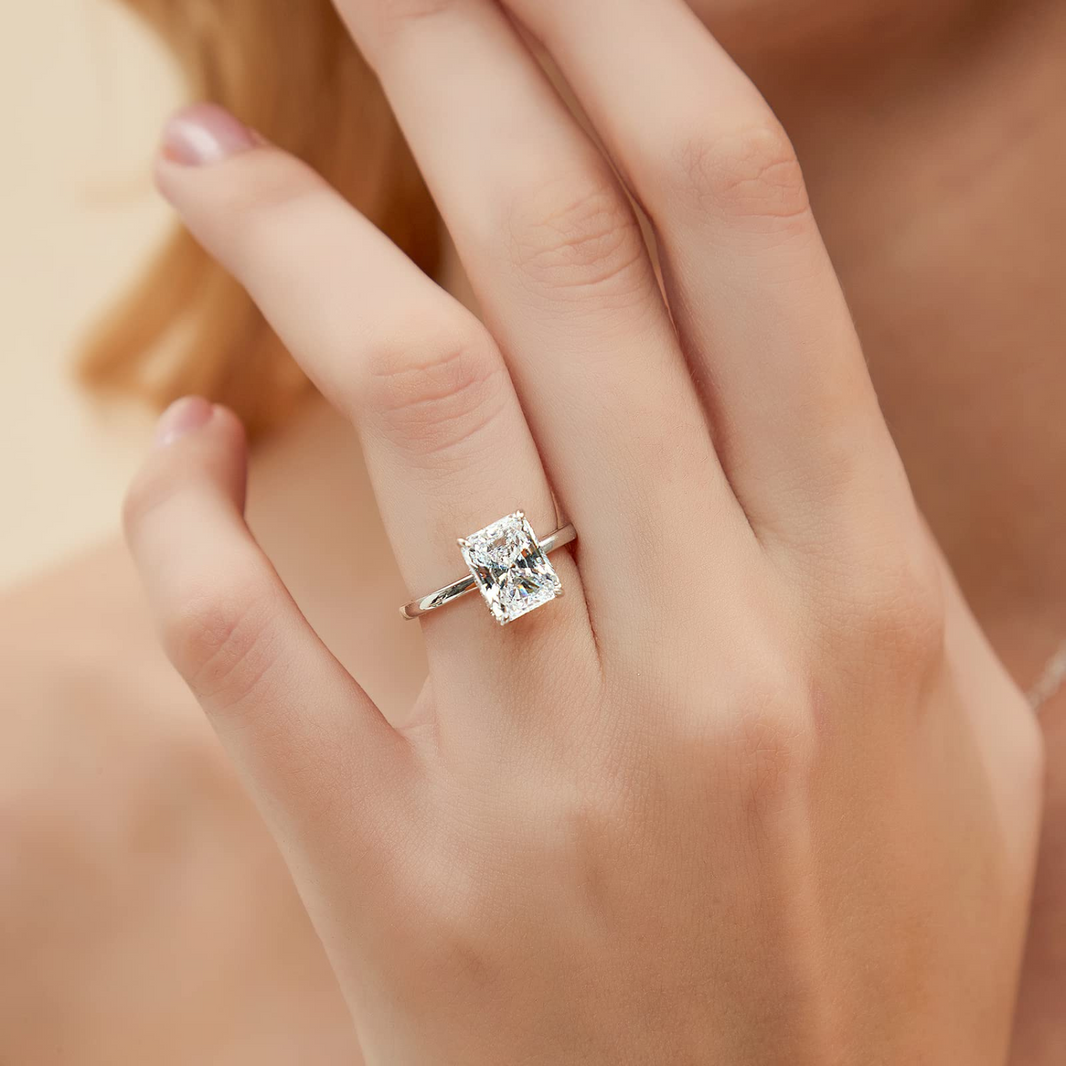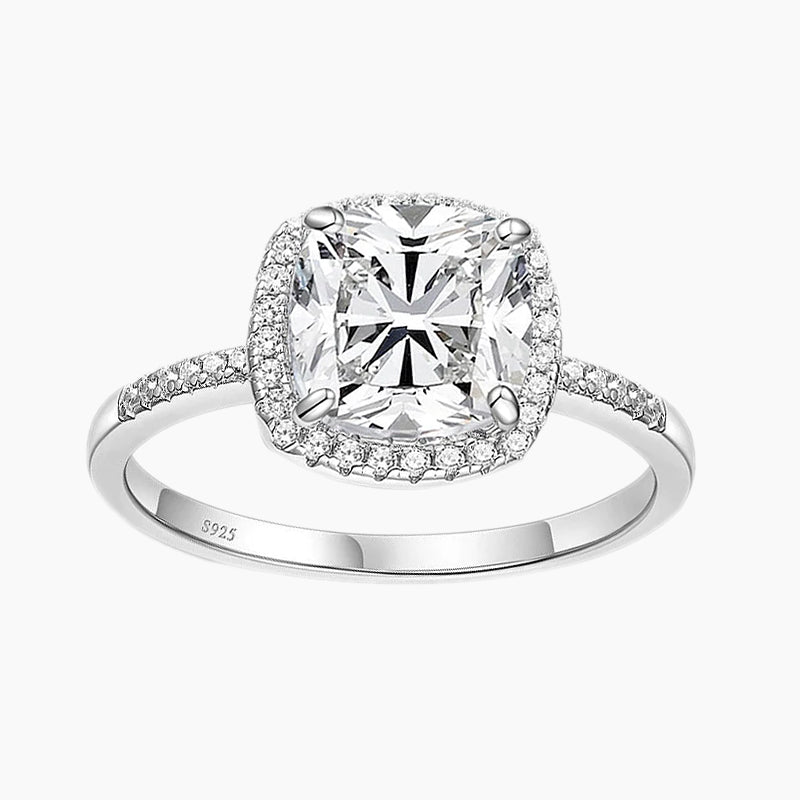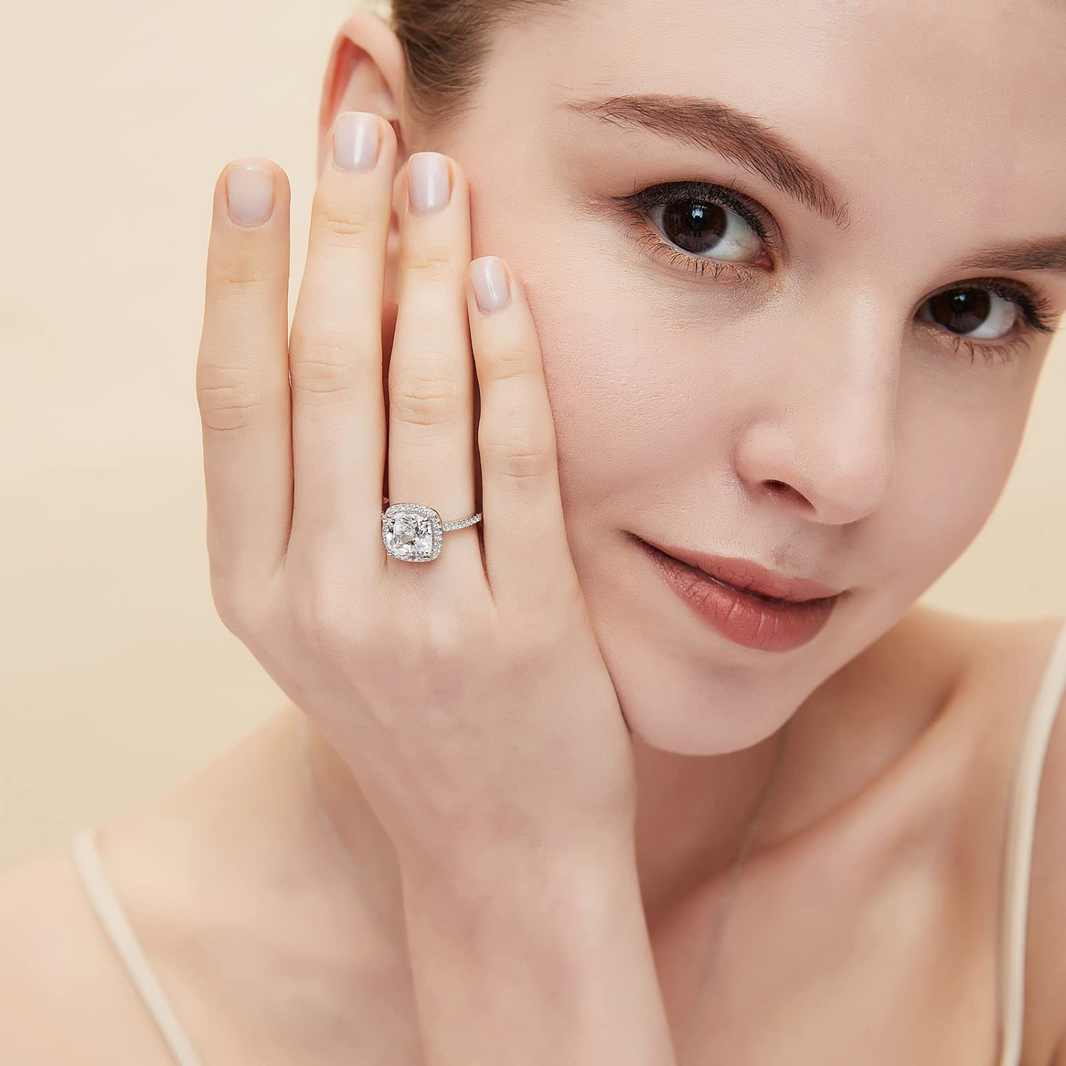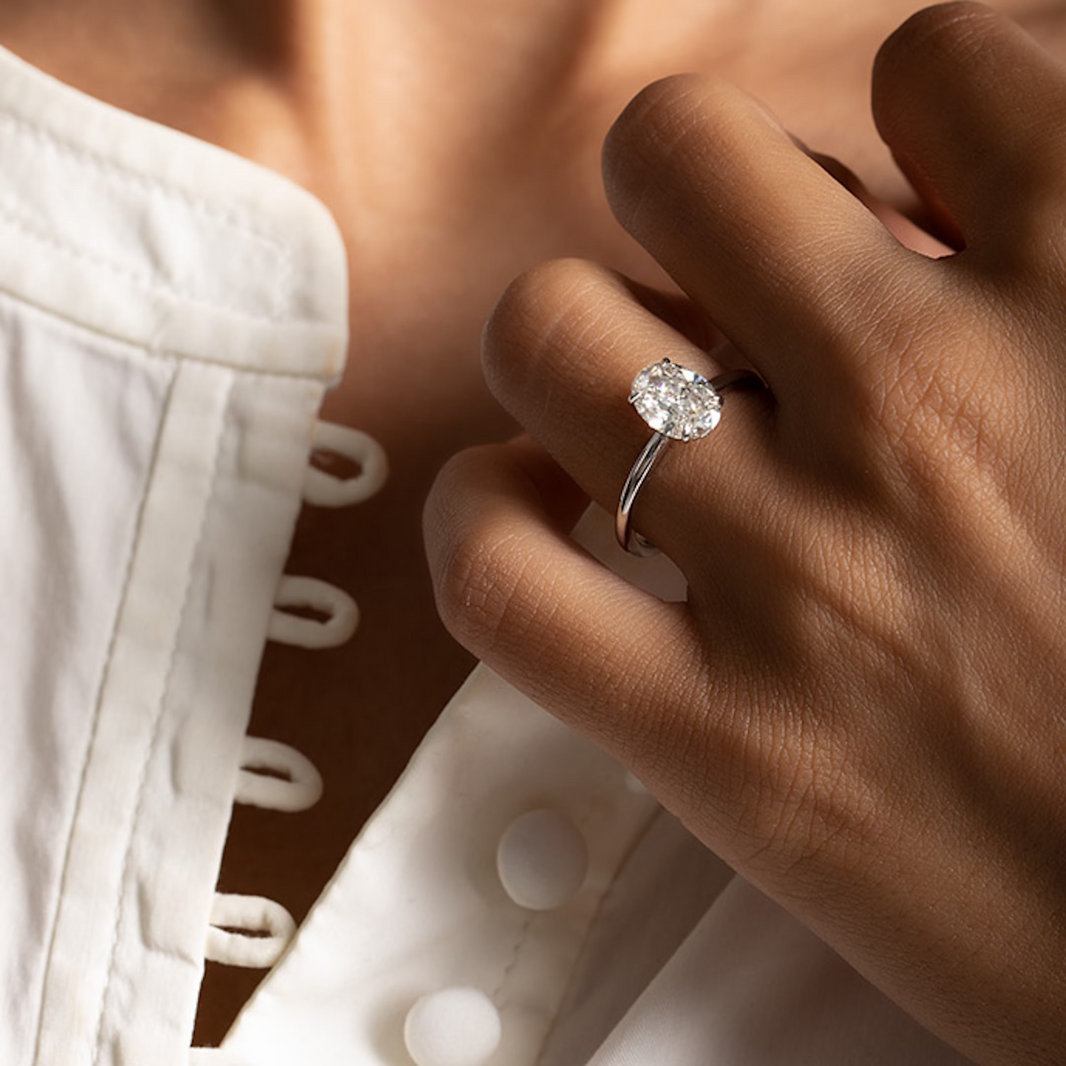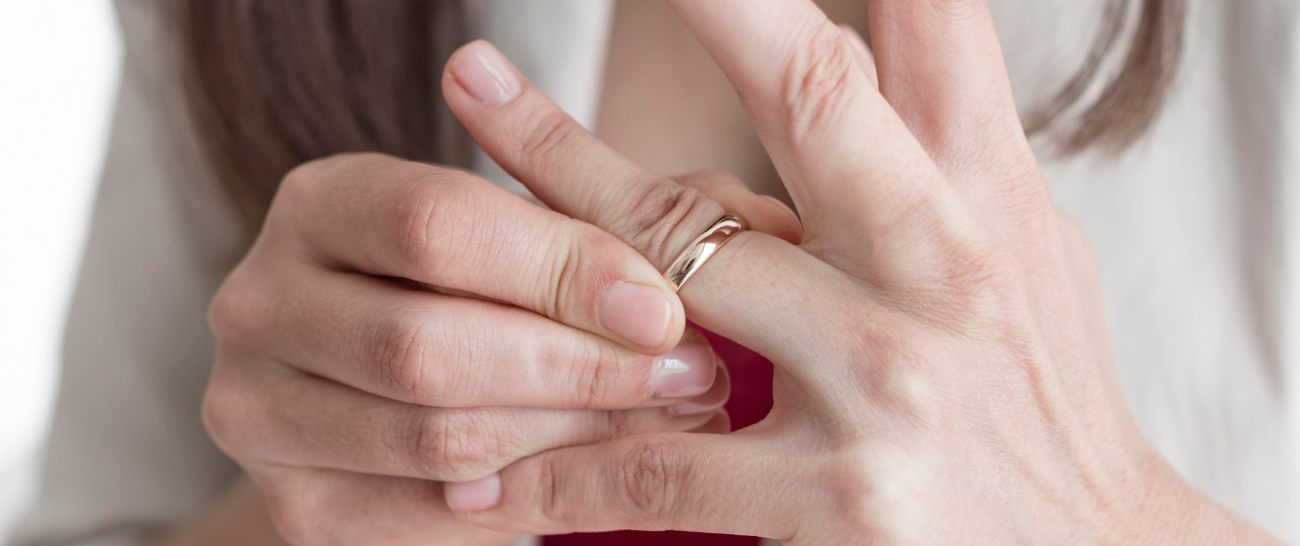You slip on your favorite ring, the one that usually fits perfectly, but something feels different. It's stubbornly stuck at your knuckle, or worse, it spins freely with a worrisome looseness. If this has happened to you, don't panic. The question, "Will your ring size change?" has a very straightforward answer: yes, absolutely.
Significant life events like a transformative weight loss journey, the beautiful journey of pregnancy, or the natural process of aging can alter your finger size. But why does this happen, and what can you do about it? This guide will walk you through the reasons and offer practical solutions to ensure your precious jewelry continues to fit comfortably and securely.
Article Index
The Science Behind the Change: Why Your Fingers Shrink and Swell
Our fingers are not static structures. They are composed of tissue, fat, bone, and joints, all of which can be affected by changes in our bodies over time.
Weight Loss
When you lose a significant amount of weight, you lose fat from your entire body—including your fingers. This can cause your fingers to become slimmer, making your rings feel looser and potentially able to slip off.
Pregnancy
This is a double-whammy for your ring size, primarily due to two factors:
- Fluid Retention (Edema): Your body naturally retains more fluid during pregnancy, which can cause swelling in your hands and feet, making rings feel tight.
- Hormones: The hormone relaxin, which helps loosen ligaments and joints to prepare for childbirth, can also affect the connective tissues in your hands, potentially leading to a slight, permanent increase in the size of your knuckles.
Age
Does ring size change with age? The answer is, often, yes. As we grow older, a few natural processes can occur:
- Arthritis & Joint Changes: Conditions like osteoarthritis can cause the joints in your fingers to become enlarged and bony, potentially increasing your ring size, especially at the knuckles.
- Loss of Skin Elasticity & Fat: With age, the skin on our hands can lose collagen and elasticity, and we may lose some of the fatty tissue padding. This can sometimes cause fingers to become thinner, making rings looser. However, for many people, the knuckle size tends to increase, which can make putting on and taking off rings more difficult, even if the ring feels loose once it's past the knuckle.
The key takeaway is that these changes are completely normal. Your body is simply telling a new story at every stage of life.
Temporary Fixes: Quick Solutions for a Changing Size
If your ring is too tight or too loose but you're not ready for a permanent alteration, these temporary solutions can be a lifesaver:
For a Loose Ring:
- Ring Size Adjusters: These are small, plastic coils or silicone nubs that slip onto the back of the ring shank, taking up extra space and creating a snugger fit. They are inexpensive, effective, and easily removable.
- Ring Guards: Small metal clips that attach to the inside of the band for a more secure, semi-permanent fit.
For a Tight Ring:
The safest option is often to stop wearing the ring on your finger until the swelling subsides, especially during late pregnancy or a flare-up of arthritis. You can put it on a beautiful chain and wear it as a necklace close to your heart.
Permanent Solutions: When You're Ready for a Change
Once your weight has stabilized, you are several months postpartum, or you're sure your size change is permanent, you can consider these options. It's crucial to wait until your body has settled into its new normal.
Ring Sizing (Resizing): This is the most common permanent solution performed by a professional jeweler.
- Making a Ring Smaller: The jeweler will cut a small piece out of the band, bring the ends together, and solder them shut. This is a straightforward process for simple bands.
- Making a Ring Larger: The jeweler will cut the band and add a new piece of metal to bridge the gap. This is more complex but very effective.
Important Considerations: Resizing has its limits. It is more challenging for rings with a continuous pattern (like eternity bands), those made of alternative metals like titanium, or those with complex settings and fragile stones. Always consult with a trusted jeweler. If you purchased your ring from us, you can reach out to assist@eamtijewelry.com to confirm whether your ring is resizable.
When to Take Action: Timing is Everything
Patience is key. Here's a simple guideline:
- After Weight Loss: Wait until you have maintained your goal weight for at least 1-2 months.
- After Pregnancy: It's generally recommended to wait at least 3-6 months after giving birth and after you have stopped breastfeeding, as hormonal shifts can continue to affect your body.
- With Age-Related Changes: If you notice a persistent change in how your rings fit, that is the right time to explore solutions. There's no need to wait, as these changes are typically gradual and permanent.
A Final Thought: Your Ring, Your Journey
A ring that no longer fits is not a failure; it's a testament to your body's incredible journey. Whether it symbolizes the dedication to your health, the miracle of bringing new life into the world, or a lifetime of experiences, the change in its size is simply a new chapter in your story.
If you find yourself in this situation, don't be discouraged. Explore the temporary fixes and, when the time is right, consult a professional jeweler to help your beloved ring fit your life once again.
